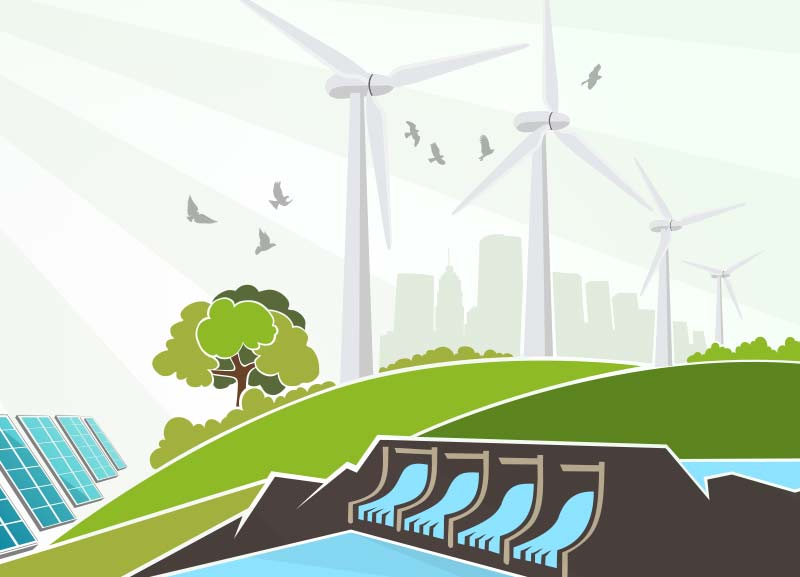
Introduction
India is emerging as a global leader in renewable energy, stepping up to the challenges posed by climate change and the urgent demand for sustainable energy solutions. With its abundant natural resources and ambitious renewable energy targets, the country is poised to transform its energy landscape. India’s renewable energy goals not only aim to meet domestic energy needs but also aspire to position the nation as a global pioneer in clean energy. However, achieving these objectives requires addressing infrastructure limitations, regulatory challenges, and the active participation of both public and private stakeholders.
India’s Renewable Energy Vision
India has set an ambitious target of achieving 500 gigawatts (GW) of non-fossil fuel-based energy capacity by 2030. This includes harnessing solar, wind, hydropower, and biomass energy, with solar power emerging as the centerpiece of this strategy. The National Solar Mission, launched in 2010, laid the groundwork for India’s solar revolution, resulting in exponential growth in solar energy capacity. Solar parks like Pavagada in Karnataka and Bhadla in Rajasthan exemplify the scale and potential of India’s solar initiatives. These projects have significantly reduced the cost of solar energy, making it a competitive alternative to coal-based electricity.
Wind energy also plays a critical role in India’s renewable energy mix. With some of the best wind corridors globally, particularly in states like Tamil Nadu, Gujarat, and Maharashtra, India is now the fourth-largest producer of wind power. The government’s Renewable Energy Certificate (REC) scheme and feed-in tariffs have fostered private investment, further strengthening the sector.
Challenges in Renewable Energy
Despite notable progress, India’s renewable energy ambitions face several challenges. A major hurdle is the lack of robust grid infrastructure to manage the intermittent nature of renewable energy sources like solar and wind. Unlike conventional energy plants, renewable sources depend on weather conditions, leading to fluctuations in power supply.
To overcome this, India must invest in modernizing its transmission and distribution networks. Energy storage systems, particularly battery technology, are crucial for smoothing out these fluctuations. However, the high cost of battery storage and the challenges of scaling up such systems remain significant barriers.
Regulatory bottlenecks, delays in land acquisition, and insufficient financial support for small-scale renewable projects further complicate the path to achieving India’s energy targets. Faster policy implementation and streamlined processes are essential to address these issues.
The Role of the Private Sector
The private sector has been instrumental in driving India’s renewable energy transition. Leading companies like Adani Green Energy and Tata Power have undertaken large-scale projects, attracting substantial domestic and international investments. Auction-based energy procurement policies have spurred competition, ensuring cost-effective renewable energy solutions.
However, the private sector’s involvement must extend beyond large projects to include investments in energy storage, smart grids, and off-grid solutions for rural areas. Public-private partnerships are crucial to scaling up renewable energy initiatives and addressing the challenges of infrastructure and technology gaps.
The Way Forward
India’s renewable energy future depends on the collaboration of government, private enterprises, and the public. A comprehensive approach involving enhanced infrastructure, policy reforms, technological advancements, and innovative financing is essential.
Conclusion
India stands at a pivotal moment in its renewable energy journey. By leveraging its abundant resources, addressing challenges, and fostering collaboration, the country can meet its ambitious energy goals and establish itself as a global leader in clean energy. The path ahead is challenging but filled with immense potential, offering India the opportunity to drive the global transition toward a sustainable, greener future.
December, 2024































